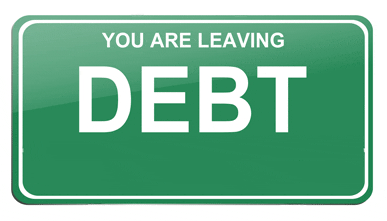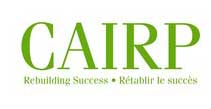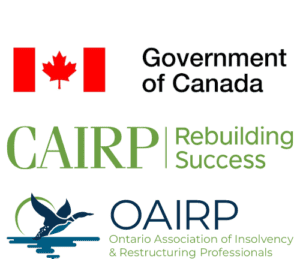
Consumer-Proposal-Myths
This is one of the most common myths, but it is completely inaccurate. A consumer proposal is designed to protect your assets. When you file, you keep your:
- home (as long as you stay current on your mortgage)
- vehicle (financed or owned)
- RRSPs (except for very recent contributions)
- personal belongings
This protection exists because a proposal is a settlement, not a liquidation. Unlike bankruptcy, a proposal does not require you to surrender anything. For many people, this is the main reason they choose a proposal instead of filing bankruptcy.
To understand this fully, see our guide on what assets you keep in a consumer proposal.
Myth 2: “My credit will never recover.”
A consumer proposal does affect your credit, but not permanently. Your score improves as soon as your finances stabilize. Learn more in our full article on credit score recovery after a consumer proposal.
Recovery happens because the proposal:
- reduces your debt by about 70%
- freezes all interest
- lowers your credit utilization
- gives you consistent monthly payments
Credit scoring models reward stability, and a proposal makes your finances stable again. With simple rebuilding steps, many people see improvements within 6 to 12 months.
Myth 3: “I’ll have to repay everything I owe.”
A consumer proposal is a legally binding debt reduction plan. Most people repay only 30% or less of their debt with no interest over three to five years.
You pay less because the trustee designs the proposal based on:
- what you can afford
- what creditors typically accept
- what creditors would receive in a bankruptcy
If you want to see how your payment is calculated, visit our page on how consumer proposal payments are calculated.
Myth 4: “Creditors will never accept my proposal.”
Most consumer proposals are accepted because they offer creditors more than bankruptcy. Learn why acceptance rates are high on our page about how creditors approve a consumer proposal.
Trustees structure proposals using:
- industry guidelines
- creditor voting patterns
- realistic repayment amounts
This is why the majority of proposals pass on the first vote.
Myth 5: “It’s basically the same as bankruptcy.”
A consumer proposal is very different from bankruptcy. See a full comparison here: consumer proposal vs. bankruptcy.
With a proposal:
- you keep all your assets
- your monthly payment is fixed
- your income does not increase your payment
- your debt is reduced
- your credit recovers faster
Myth 6: “I can’t afford a consumer proposal.”
A proposal is often the most affordable debt solution available. For a full breakdown of costs, visit: consumer proposal cost in Ontario.
Costs stay low because:
- there are no upfront fees
- trustee fees are included
- no interest is ever charged
- your payment never increases
Most people pay between $150 and $350 per month.
Myth 7: “I’ll be stuck in the proposal for years.”
A proposal usually lasts three to five years, but you can pay it off early with no penalties.
See the full step-by-step timeline here: consumer proposal timeline.
Many people finish early because they:
- receive a tax refund
- experience an income increase
- get help from family
- want to rebuild faster
Myth 8: “Filing a proposal will affect my job.”
Consumer proposals are private. If you’re unsure whether it’s the right choice, see how to choose a consumer proposal trustee.
Employers are not notified unless a garnishment must be stopped.
Myth 9: “Everyone will find out I filed.”
A consumer proposal is not public the way bankruptcy is.You can read more about privacy and eligibility here: consumer proposal qualifications.
Only you, the trustee, and your creditors are aware of it. Your privacy is fully protected.











